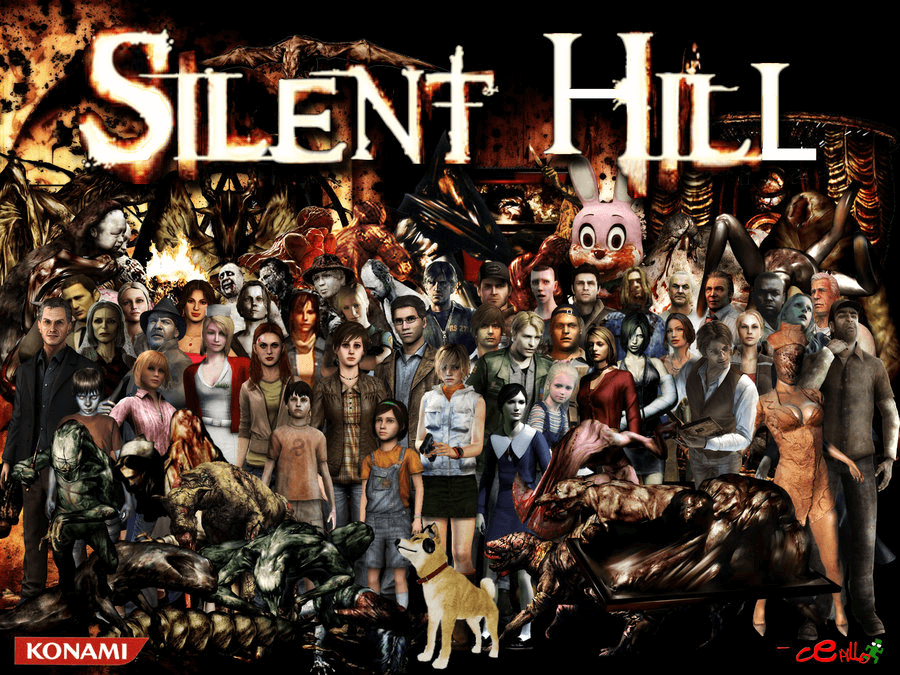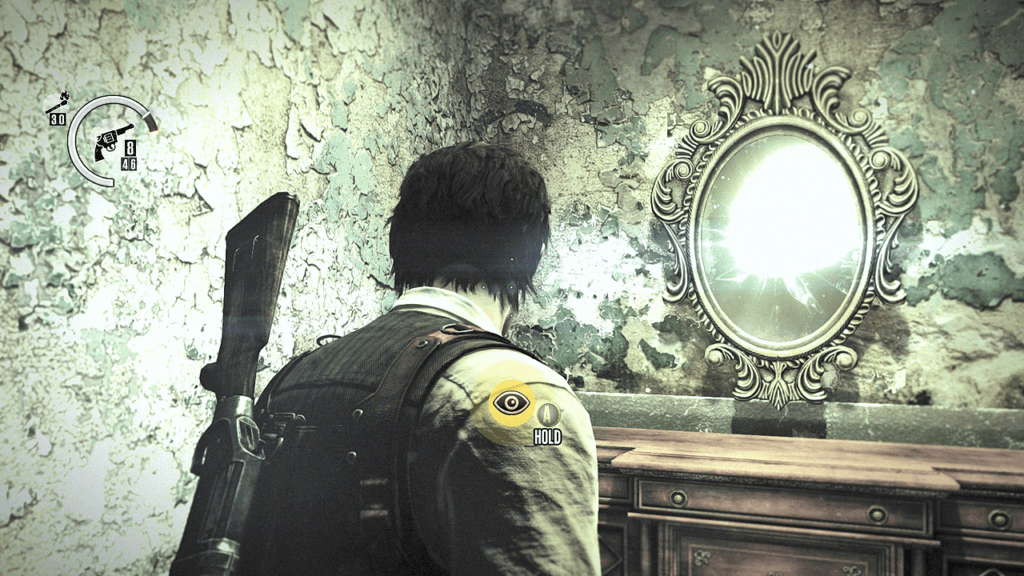Written by Ty Radman 2022 Cohort
As a person who passionately played the Silent Hill game series, I find the topic of why people are attracted to video games exciting. I have nothing against horror movies, another form of digital horror content. Still, I think it’s worth highlighting horror games because they allow the audience to interact with the range, which adds an extra layer of “emergence” to it.

To explain why we are addicted to horror games, we need to describe the elements that makeup horror or the feelings one experiences while playing a horror game.
The sensation one gets from a horror game is a mix of shock, fright, and sometimes disgust. All different ways to trigger uncomfortableness. It can stir different psychological responses such as anxiety, shaking, and sometimes jumping, even though we know it’s a game. None of that sounds like something one would want to experience, but oddly enough, this is precisely why people play horror games.
One research was conducted in 2018 to find out the reason why people tend to love the sensation they get from horror media. The author argues that we may be interested in horror for reasons such as seeking adventure, seeking new and different experiences, impulsivity, and susceptibility to boredom. To add my opinion, as someone who works on/plays horror video games, I think that the pleasure one gets after surviving a terrifying event in a horror game is what makes playing the game worth it in the first place.
This is also often described as the roller coaster effect. It’s the idea that horror games are like little rollercoasters in your home. You experience a range of emotions like anticipation and tension, then receive an adrenaline rush while experiencing no danger to life. People playing these games are afraid but are also having lots of fun.
Another element that contributes to making horror games fun is the safe room effect. That phrase makes you feel safe, allows your adrenaline level to go down, and prepares you for the next round of horror. One of my favourite examples of this concept is Evil Within. After having to go through a phase of shooting, escaping, and surviving, you hear the beautiful peace music called Claire de Lune by Claude Debussy, and you know that you’re just a couple of steps away from the Safe Haven (a place where you upgrade your character and can never encounter enemies.)

A way to show how a balance of a sense of safety and a sense of danger can make a good game is to show how messing that up can make a terrible game. My favourite franchise, Silent Hill, has a release called Silent Hill: Homecoming. In my opinion, this was the worst Silent Hill game I ever played because the player is constantly exposed to enemies he must encounter. Over time, it feels repetitive, despite the wide variety of gruesome enemies. Try it out for yourself, and you’ll see what I mean.
This piece barely scratched the surface of this topic, but I hope it gave you a better understanding of why people love horror games and hopefully raised some curiosity to try to play them yourself 🙂